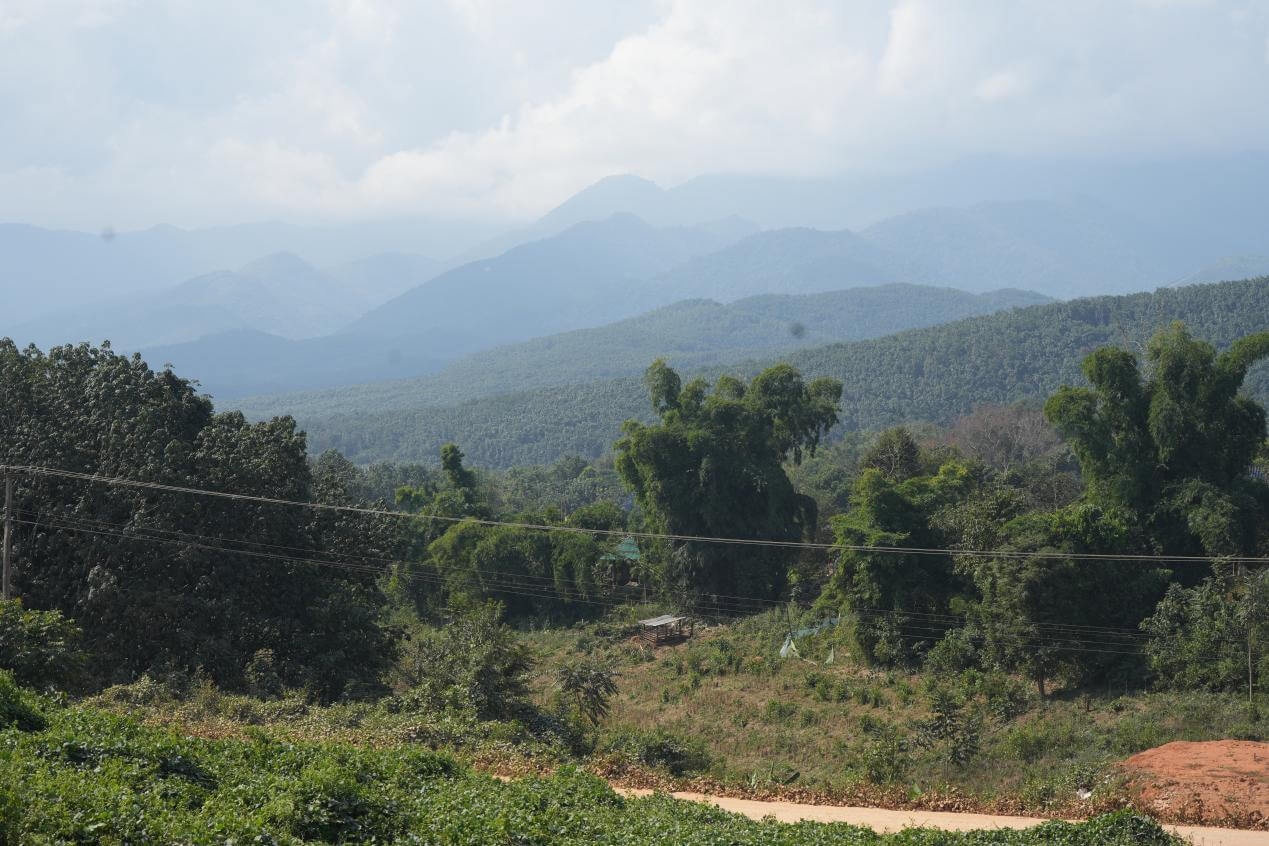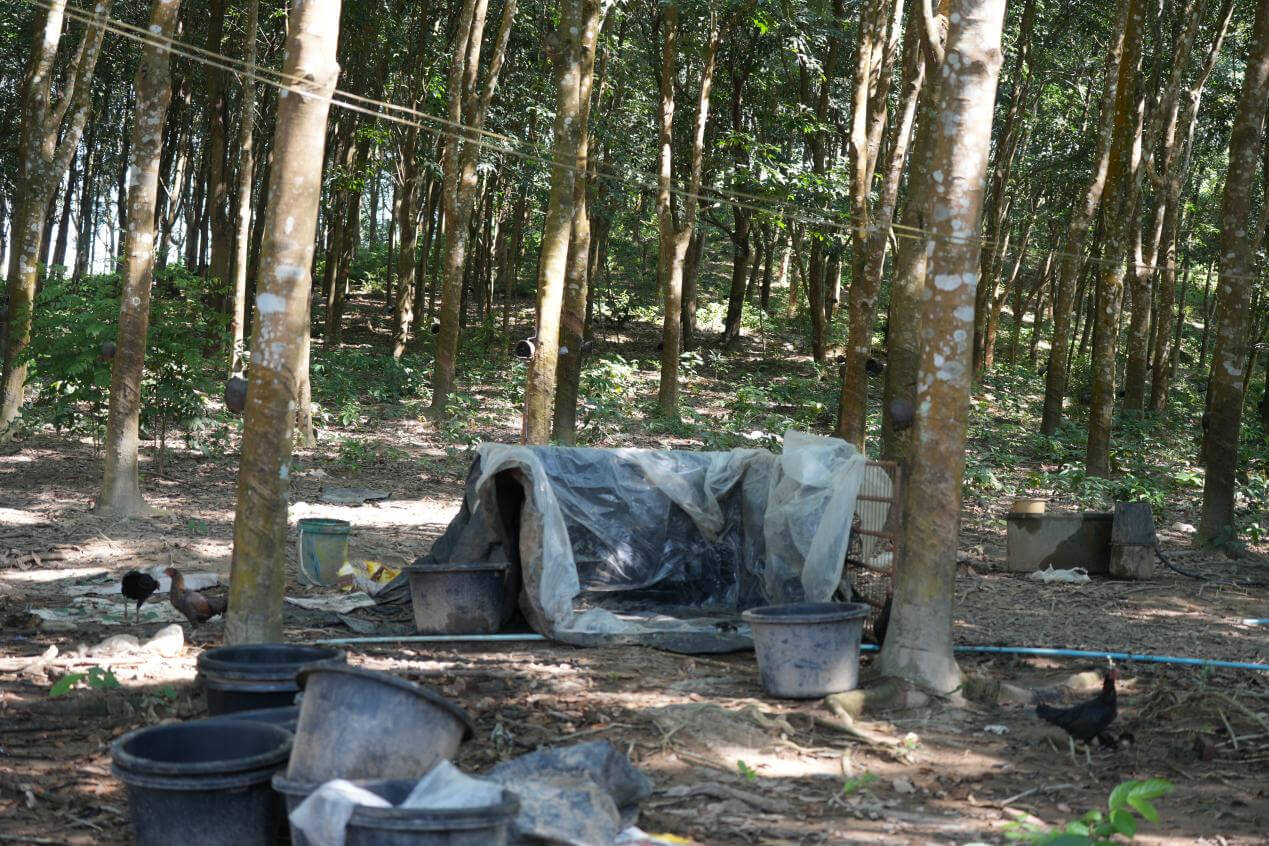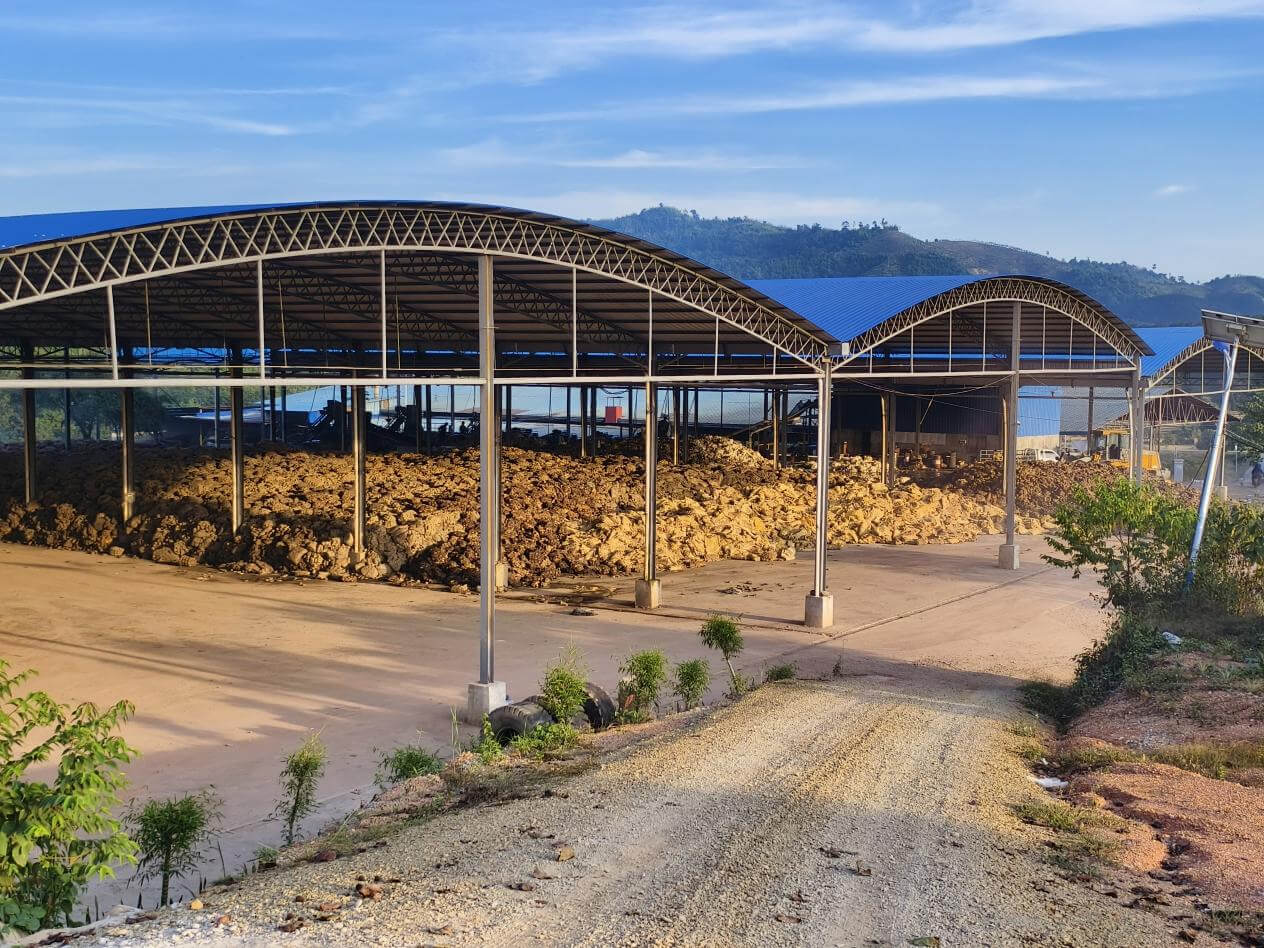The topography of Laos is predominantly highland and mountainous, and the varied terrain not only provides abundant water resources and fertile soil, but also a diverse ecosystem, which is one of the best natural conditions for the growth of natural rubber. The country's extensive forest cover has earned it the reputation of being the ‘Emerald of Southeast Asia’, and its rich mineral content makes the land fertile and ideal for the growth and development of rubber trees(Industry).
-

-

The year-round warm and humid tropical rainforest climate, coupled with ample sunshine hours and rainfall availability, creates an ideal climatic environment conducive to the continuous growth of rubber trees. These stable climatic conditions reduce the risk of fluctuating yields due to seasonal variations, ensuring continuity and stability of rubber production.
-

In addition, the vast land area of the Lao PDR with a high proportion of arable land, coupled with abundant domestic labour resources, provides a wide space and human resource base for large-scale rubber plantation. Meanwhile, in recent years, the Lao Government has actively promoted the policy of economic diversification and encouraged foreign direct investment, especially in the field of agriculture, and the processing and manufacturing of agricultural products, including natural rubber, has become one of the key directions of priority development. The government has introduced a series of preferential policies, such as tax breaks, land use concessions, etc., which have greatly reduced the cost of entry, attracted the attention and participation of a large number of domestic and foreign capital, and injected a strong impetus to the development of the natural rubber industry in the Lao PDR.
-

Adhering to the global vision and sustainable development strategy, Mainland Group has been continuously investing in Laos in recent years, and has set up three high-end natural rubber factories, focusing on the production of a variety of high-quality products, including SLR 10, crepe rubber, and RSS, with a total design capacity of 50,000 tonnes/year. The Group is aware of a significant pain point in the processing trade in Laos: the lack of a large-scale, high-standard warehousing and logistics system. In order to further optimise the supply chain management and respond to the market demand, Mainland Group has planned and constructed a standardised warehouse of Category C-II covering an area of 58,000 square metres in the core area of Northern Laos, which is aimed at filling the market gap, providing efficient and convenient storage and distribution services, and creating a whole-chain integrated solution. This move not only demonstrates Mainland Group's commitment to localised operation and determination to plough into the market, but also injects strong vitality into the local economic development, promotes industrial upgrading, and creates a prosperous future together with its partners.

